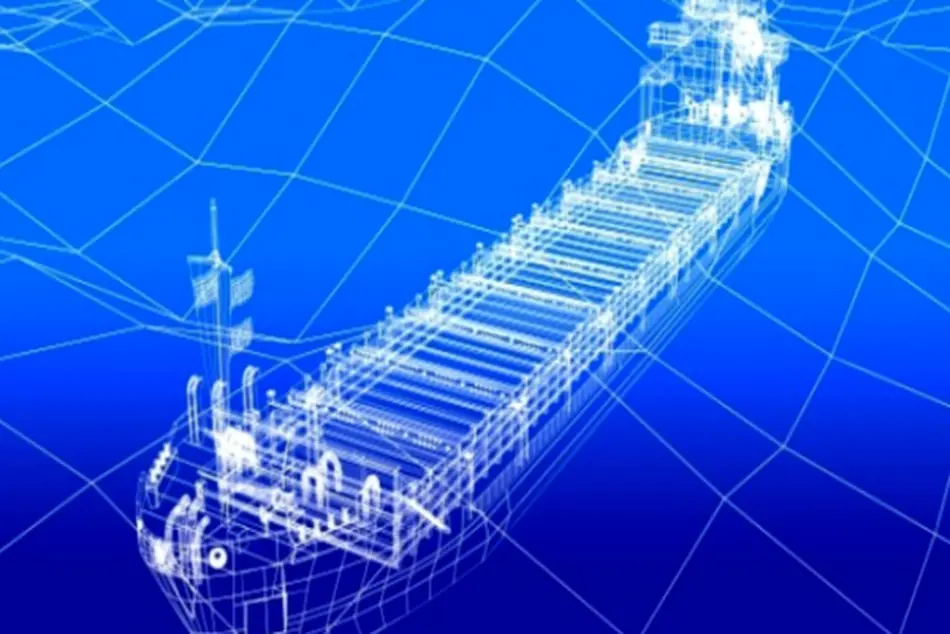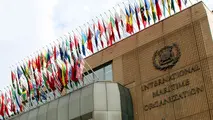IMO joins forces with key stakeholders to support flow of trade by ship
The International Maritime Organization (IMO) joined forces with the World Customs Organization, the United Nations Economic Commission for Europe and the International Standards Organization to support the FAL Convention, boosting ship's digital connectivity and supporting flow of trade by ship.

The International Maritime Organization (IMO) joined forces with the World Customs Organization, the United Nations Economic Commission for Europe and the International Standards Organization to support the FAL Convention, boosting ship's digital connectivity and supporting flow of trade by ship.
To remind, the FAL Convention requires all Public Authorities to establish systems for the electronic exchange of information related to maritime transport marks a significant move in the maritime industry and ports towards a digital maritime world, reducing the administrative burden and increasing the efficiency of maritime trade and transport.
The new partnership will update the IMO Reference Data Model and for its further development towards harmonization of data standards in other areas, beyond the FAL Convention, such as exchanging operational data that could help facilitate just-in-time operation of ships.
Just-in-time operations facilitate vessels to optimize their speed, making them able to arrive at their destination port when their berth is ready for them, reducing waiting time, saving energy, as well as cutting costs and emissions.
Now, the partnership agreement, which has been effective since 15 March, has been already collaborating to develop the IMO Reference Data Model, which is a crucial part of the IMO Compendium on Facilitation and Electronic Business and covers the reporting requirements defined in the FAL Convention to support transmission, receipt, and response of information required for the arrival, stay, and departure of ships, persons, and cargo via electronic data exchange. This work ensures interoperability between the respective standards of each organization.

